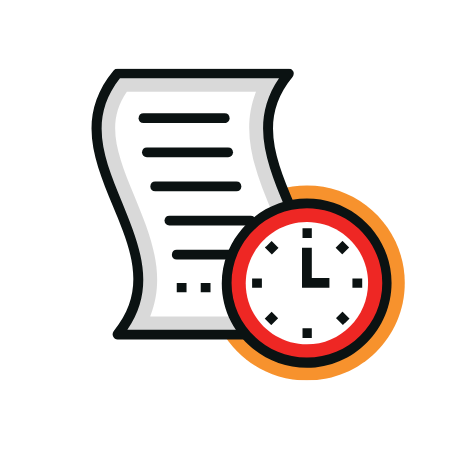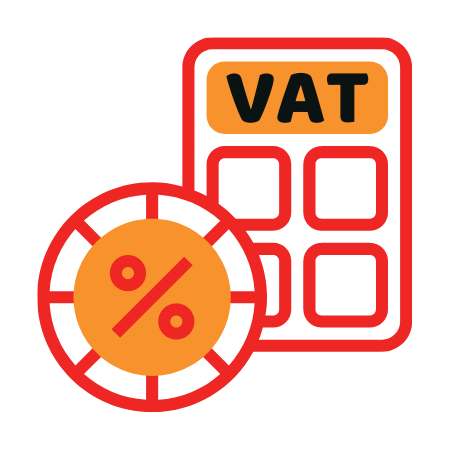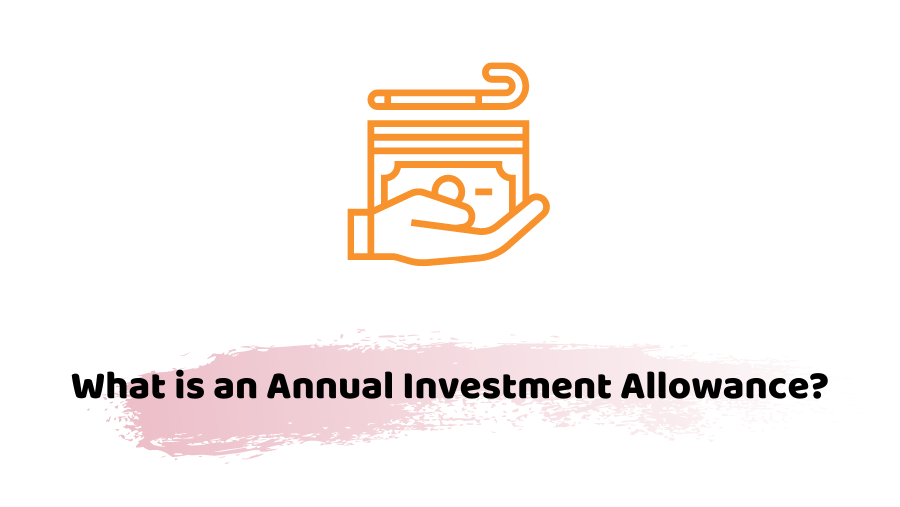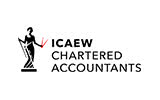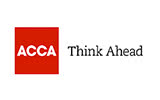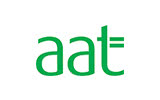We’re dependable!
If you’re looking for someone reliable to work on claiming capital expenditures on your behalf for your business expenses, let us get to work!
What is Annual Investment Allowance? How Does it Affect your Business?
What is the annual AIA amount allowed on your business, you ask? No matter if you’re a small business or a large enterprise, AIA applies to all businesses. Of course, the government makes sure no multiple claims are made.
Businesses allocate their AIA any way they wish. If you’re looking for someone to set your expenditures to qualify for a lower rate of allowance, talk to our experts today.
What are Enhanced Capital Allowances (ECAs)?
If you’re looking for someone to help you out with energy-saving or environmental-friendly equipment, look no further. We offer help. If a company is drowned in losses, they have an option to consider what part they wish to surrender and what part do they really want to carry forward.
Dig into Our ECA Scheme
Look no further to claim your ECA scheme. Let us help you out. New electric and low CO2 emitting cars are available. All these have a milage up to 75g/km until 31 March 2018 and up to 50g/km from 1 April 2018. You can claim these up to 31 March 2021 (corporates) or 5 April 2021 (others). They still qualify for the 100% first-year allowance, but do not qualify for the payable ECA regime.
What Special Rate Applies to WDA (Writing Down Allowance)?
If you’re looking to put your hands on high emission services, a special rate of 8% applies to them. This rate is also applicable on long-life assets, integral features of buildings, and long-life assets. If any expenditure is not covered by AIA, expect it to appear it either in the main rate pool or special rate pool.
Let’s talk about the integral features of the buildings. Expect about 8% pool rate on:
• Electrical systems (including lighting systems)
• Hot and cold water systems
• Space or water heating systems, powered systems of ventilation, air cooling or purification and any floor or ceiling comprised in such systems
• Lifts, escalators and moving walkways
• External solar shading.
WDA of about £1,000 applies to businesses. Claim a pool of around £1,000 on businesses. The unrelieved expenditure is the main pool and the special pool rate is around £1,000 or less.
What areas Qualify for the Capital Allowance?
If you have an enterprise, its zone and adjacent areas will qualify for enhanced capital allowances. In these enterprises and adjacent areas, count on first-year allowances to be available for expenditures that quality on plant and machinery.
What Tax Relief to Expect on Research and Development (R&D) investment?
Tax relief is available on R&D revenue expenditure incurred by companies at varying rates. The current rates of relief are as follows:
• for small and medium-sized companies paying corporation tax at 19%, the effective rate of tax relief is 43.7% (that is a tax deduction of 230% on the expenditure). For small and medium-sized companies not yet in profit, the relief can be converted into a tax credit payment effectively worth 33.35% of the expenditure
• an ‘above the line’ credit exists for large company R&D expenditure. This is known as the R&D Expenditure Credit (RDEC) scheme and the credit has increased from 11% to 12% for expenditure incurred on or after 1 January 2018. The credit is fully payable, net of tax, to companies with no corporation tax liability
• SMEs barred from claiming SME R&D tax credit by virtue of receiving some other form of state aid (usually a grant) for the same project may be able to claim under the large company RDEC scheme. An SME may also be entitled to the large company RDEC for certain work that has been subcontracted to it.
Once you’re good with setting up a business. These reliefs for small businesses help you establish a solid base for investing and reinvesting your profits. Talk about the right return on investments and reinvesting your profits in the right place. If you’re looking for help in claiming all these allowances, reach out to us. We’ll be happy to help.







